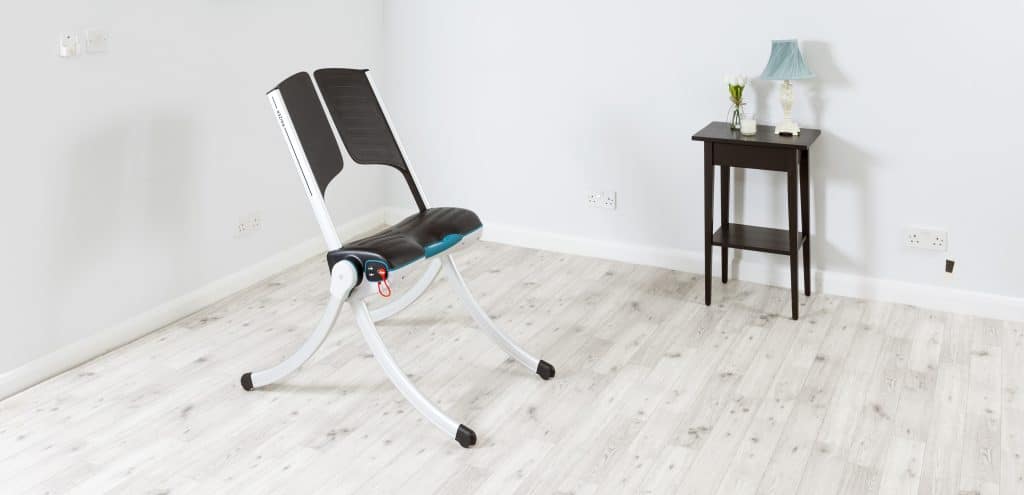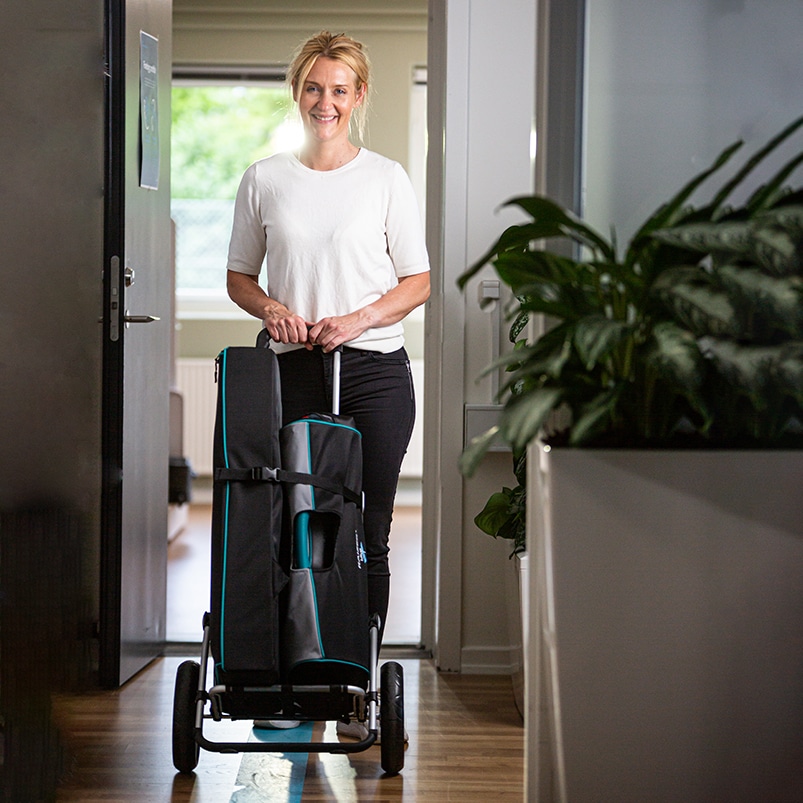4 Drawbacks of The Raizer Lifting Chair and Solutions

If you’re considering purchasing a Raizer Lifting Chair and have done some research on the web, you’ve probably encountered some discussion of the problems associated with Raizer Lifting Chairs.
The purpose of this article is to address, with full disclosure, four of the most common problems associated with Raizer Lifting Chairs…but we won’t leave you there. We’ll also discuss the causes of these problems and how you can avoid them.
But in the spirit of full disclosure, we have to point out that these “problems” are rare and often completely avoidable.
The 4 most common Raizer chair problems:
- Weight of the Raizer seat unit
- Safe working load of the Raizer
- Lifting from a seated position
- Entrapment risk
1. Weight of the Raizer
The Raizer chair seat unit weighs 8.5kg, which, especially for elderly or frail caregivers, can be heavy if lifted for a long period of time.
This can also present a problem for rapid response or urgent community response teams, who would sometimes need to carry the Raizer long distances to a fallen person.

What’s the solution?
In this scenario, we recommend you take a look at the Raizer trolley, which is quite simply a wheeled trolley which carries the Raizer seat unit and backpack.
This takes the strain completely off the caregiver and is very popular with response teams or in environments where the Raizer needs to be transported long distances.
2. Safe working load
The Raizer chair has a safe working load of 23.6 stone (or 150kg), which caters to the majority of elderly fallers. Obviously, if someone over this weight has fallen, the Raizer wouldn’t be a suitable piece of equipment for them.
So, what if the fallen person is over the safe working load?
In this scenario, the most common procedure would be to use an inflatable lifting device such as a Mangar Elk, or a flat lifting device, which typically have safe working loads of between 450-500kg.
3. Lifting from a seated position
It’s commonly thought that the Raizer can’t be used to lift someone that is in a seated position on the floor. Thankfully, this isn’t the case, and the Raizer can actually be used to lift someone who is sitting down.
There are however a couple of potential issues. If someone doesn’t have good core strength or balance, they may not be able to stay upright when they lift their knees to get the seat unit in.
The other potential problem is that when the backrest is coming up, the first part to touch the fallen person is the bottom edge of the backrest which can be uncomfortable. At this stage, you can pause the lift and encourage the person to recline back onto the backrest which is now at roughly 30 degrees rather than flat.
4. Entrapment risk
If you’ve done a bit of research and looked at some other lifting equipment options, you’ve probably come across ‘entrapment’ being mentioned as a problem of the Raizer chair.
The Raizer lifts off the ground via 4 lifting arms, so this does in theory present an entrapment risk because of the gap between the arms and underneath the seat.
Our solution to this problem?
Every time you use the Raizer, make sure the seat belt is done up and do a quick visual check before lifting someone to make sure that the person’s arms and legs aren’t underneath the Raizer.
Thankfully, in the nine years of the Raizer being used in the community, we haven’t come across anyone that has had any problems with entrapment.
Get in touch
Got a question or want to send us a message? Let’s talk.